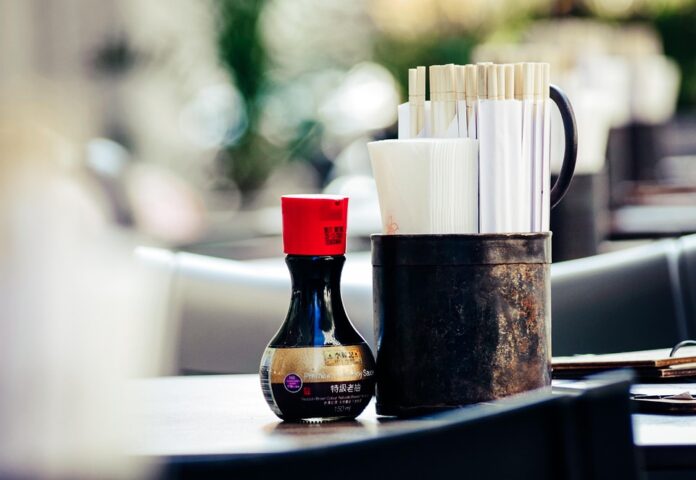The Global Soy Sauce Industry From Farm to Table
Soy sauce is a widely popular condiment that has been used in Asian cuisine for centuries. It is made from fermented soybeans, wheat, salt, and water, and is known for its savory and umami flavor. The global soy sauce industry encompasses a wide range of processes from farming to production to distribution, ensuring that this versatile sauce reaches consumers around the world.
Farming and Harvesting
The production of soy sauce begins with the farming and harvesting of soybeans. Soybeans are grown in various regions around the world, with major producers including the United States, Brazil, Argentina, and China. These soybeans are cultivated using traditional farming methods or modern agricultural practices, depending on the location and resources available.
Soybeans are typically harvested in the late summer or early fall when they reach maturity. The beans are then dried and stored in preparation for the next stage of production.
Processing and Fermentation
Once the soybeans are harvested, they are cleaned and processed to remove any impurities. The beans are then cooked, crushed, and mixed with wheat, salt, and water to create a mash. This mash is then fermented using a specific strain of mold known as Aspergillus oryzae.
The fermentation process can take anywhere from several months to several years, depending on the desired flavor profile and quality of the soy sauce. During fermentation, the mold breaks down the proteins and carbohydrates in the soybean mixture, creating the complex flavors and aromas that soy sauce is known for.
Production and Packaging
After the fermentation process is complete, the soy sauce mixture is strained to remove any solids and then pasteurized to ensure food safety. The sauce is then aged for a period of time to develop its full flavor before being bottled and packaged for distribution.
Soy sauce is packaged in a variety of formats, including glass bottles, plastic containers, and single-serve packets. The packaging process is carefully monitored to ensure that the sauce remains fresh and flavorful until it reaches the consumer.
Global Market Trends
The global soy sauce market is a thriving industry, with a wide range of companies competing for market share. Major players in the industry include Kikkoman Corporation, Yamasa Corporation, and Lee Kum Kee, among others. These companies produce a variety of soy sauce products, ranging from traditional soy sauce to low-sodium and gluten-free options.
The market for soy sauce is driven by changing consumer preferences, with an increasing demand for healthier and more natural food products. As a result, many companies are focusing on developing organic and non-GMO soy sauce options to meet this growing demand.
Financial Data
According to a report by Market Research Future, the global soy sauce market is expected to reach a value of over $55 billion by 2023, with a compound annual growth rate of 6.8% during the forecast period. This growth is driven by factors such as increasing disposable income, urbanization, and a growing interest in ethnic cuisines.
Conclusion
In conclusion, the global soy sauce industry is a dynamic and growing market that encompasses a wide range of processes from farming to production to distribution. With changing consumer preferences driving innovation and growth in the industry, companies are focused on developing new and innovative soy sauce products to meet the demands of the modern consumer. As the market continues to expand, the soy sauce industry is poised for continued success in the years to come.




